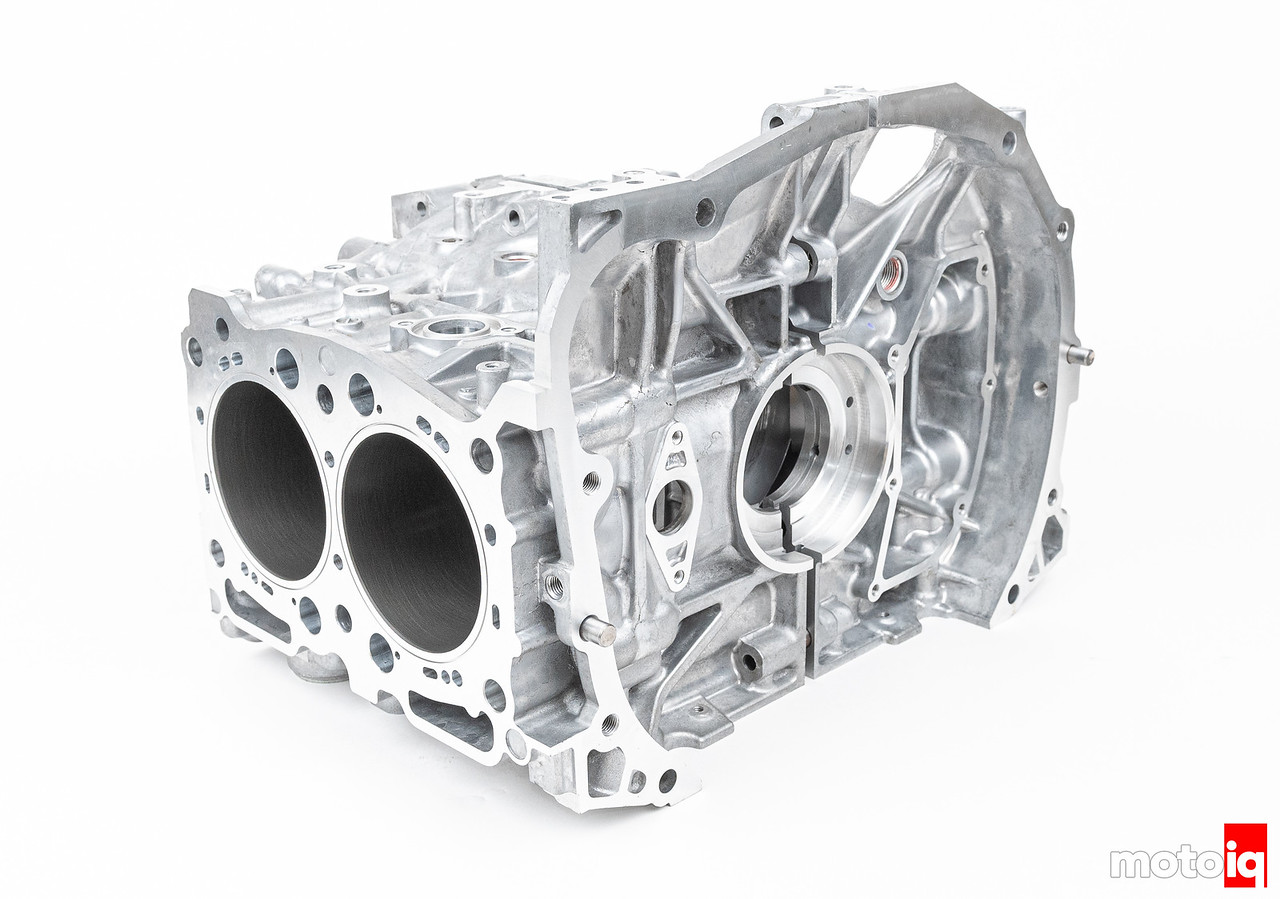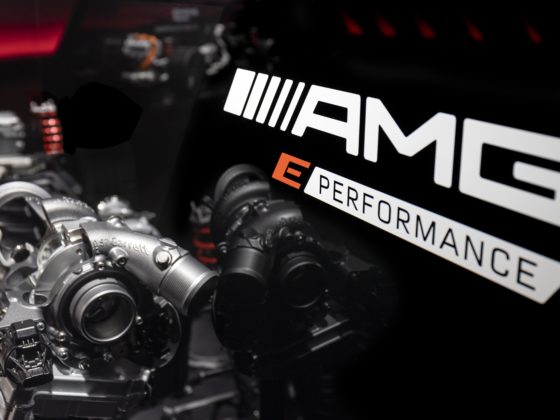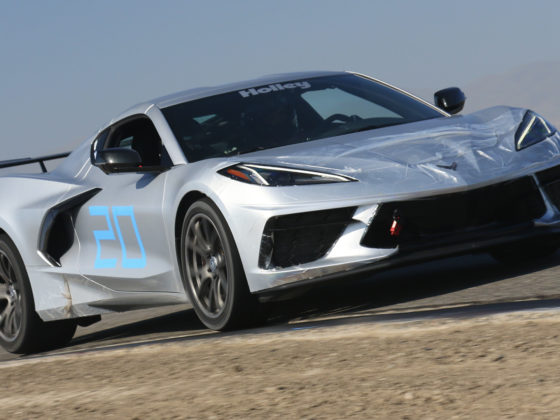
After machining the cases are brought to a temperature-controlled room and once again normalized for 8 hours or so. Constant temperatures are critical for precise machining from this point forward. Once the cases have normalized, they are bolted together with the fasteners and torques that they will see in use. Most cases use OEM Subaru fasteners but very high power applications use high strength ARP fasteners and higher torque. Due to increased distortion, IAG tries to avoid the use of these fasteners and only uses them for applications producing 800 or more horsepower. The case bolts are tightened and loosened several times to distort the cases fully before they are machined in the next step.

Next, after the cases are bolted together, these torque plates are installed. The torque plates simulate the same stress as bolting the heads on the engine and distort the cases like they would be when assembled. On a weak Subaru engine, the bores can distort over 0.002″ which can be almost the entire piston to all clearance in out of roundness. This results in poor ring seal and blowby, heating and expanding the piston in a misshapen bore. This can cause scuffing of the bore and galling of the pistons. Not machining to correct for case distortion is the cause for the rumors of you not being able to build a better engine than the factory.
A big stud case has the head studs torqued to 125-foot lbs, this is much higher than the OEM bolts. That and the gasket O-ring wire cause even more distortion that must be corrected by machining.

You can see that a high-performance MLS head gasket is used with the torque plates to get the exact load on the cases that the cylinder heads will have. To correct the distortion, the cases have to be honed out by 0.25 mm to 99.75mm.

The main bearing bores have to be aligned honed in this Sunnen honing center to correct the distortion caused by the increased torque and all the machining that the block has been subjected to. Brand new Subaru cases have also been known to be quite a bit off with inconsistent crush clearance and even enough misalignment to cause binding and bearing scuffing!

An automated Sunnen SV-30 honing machine is the industry standard for precision bore machining even on the OEM level, it is pictured on the left and has a higher capacity than the SV-10. Here our cases are machined in the SV-10 in dedicated fixturing.




8 comments
Hi Guys,
Love this article – I’ve got one question about the sequence of steps, specifically the CTP Cryogenics treatment step coming in after the torque plate hone/bore. If the tensile strength of the metals are going to be increased would that mean that the same torque rating on the head studs would create less distortion and negate some of the benefits of using a torque plate while machining?
Thanks,
Nick
No.
Our Cryogenic services should come after rough boring, if needed, but before final honing.. Torque ratings should not be altered from specs.. All building techniques should be done to the highest standards not matter what. It is the same as procuring the highest quality parts one can despite sending parts for DCT (deep Cryo Treatment) and other enhancements such as WPC or DLC..etc
As a note, we did not measure any dimensional differences in our cases before and after cryo treating.
Do you notice any differences between the machine work done by Outfront on the video build and and IAG on this one? if so which would you recommend for a Subaru engine build?
They are both high quality jobs but from seeing the process firsthand, IAG has more control over their processes and more state-of-the-art machining centers. IAG also uses deck reinforcements using the same cast metal as the block which is more thermally compatible with the original case. IAG has the 14mm stud option vs 12.5mm. IAG has the receiver groove for O-Rings. These are incremental differences.
What effect , if any does the wpc treatment have on oil retention on the bores?
The dimpled texture probably improves it.